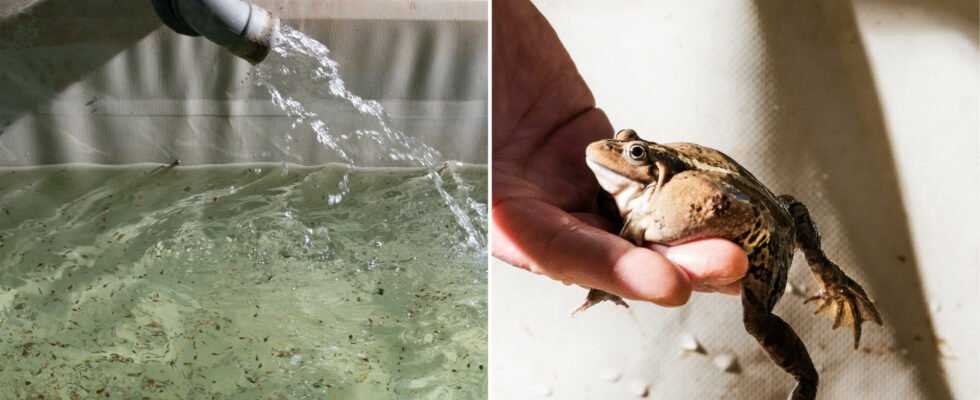A nuclear site can have… singular consequences. In 2010, in Pierrelatte (Drôme), thousands of frogs were installed in a greenhouse, heated with water from the nearby Tricastin power plant. The amphibians savor the Mediterranean sun which shines on this commune of the Drôme and benefit from the attentions of Patrice François. The 50-year-old with an adventurous spirit, fishmonger in Roanne (Loire), is today at the head of the first frog farm in Europe. A fabulously eccentric adventure: ten years after its launch, his farm supplies the best French tables with frogs.
“I find it difficult to meet the demand. Every week, I turn away clients, including starred chefs. It’s frustrating “, laments the boss of Grenouilles de France. The reasons for its success stem from a paradox characteristic of globalization. In France, amphibians are among the fans of bowls. In his Great Kitchen DictionaryAlexandre Dumas senior noted that frogs were served on the best tables from the 16and century: “An Auvergnat named Simon made a considerable fortune with the frogs that were sent to him from his country, which he fattened and then sold to the first houses in Paris, where this food was very fashionable. »
The epicurean writer suggests eating them in a fricassee or, even better, in a soup, a very healthy dish that “some ladies use it to maintain the freshness of their complexion”. Even today, the French remain major consumers of froggies, i.e. 4,000 tonnes each year, according to the National Food Safety Agency. “And yet, 98% of the frogs consumed come from Turkey or Egypt for the fresh ones, and from Asia for the frozen ones”, notes Patrice Francois.
Raniculture is very hard
Victims of pollution, road mortality and poaching, frogs have been protected species in France since 2007. Commercial harvesting from the wild is highly regulated. The rare producers who obtain the authorization must respect very precise quotas. “Procuring frogs is therefore extremely complicated, summarizes Patrice François. To offer it to my customers, I had to turn to imported products, and subject to the vagaries of international trade. Price fluctuation, out of stock in winter, because it is too cold in Turkey to have fresh frogs… As for frozen ones, they have no taste: they say that frogs have no taste, but it is because we eat frozen animals! In 1999, I said to myself that it was necessary to set up a breeding “, he recalls.
You have 66.41% of this article left to read. The following is for subscribers only.
